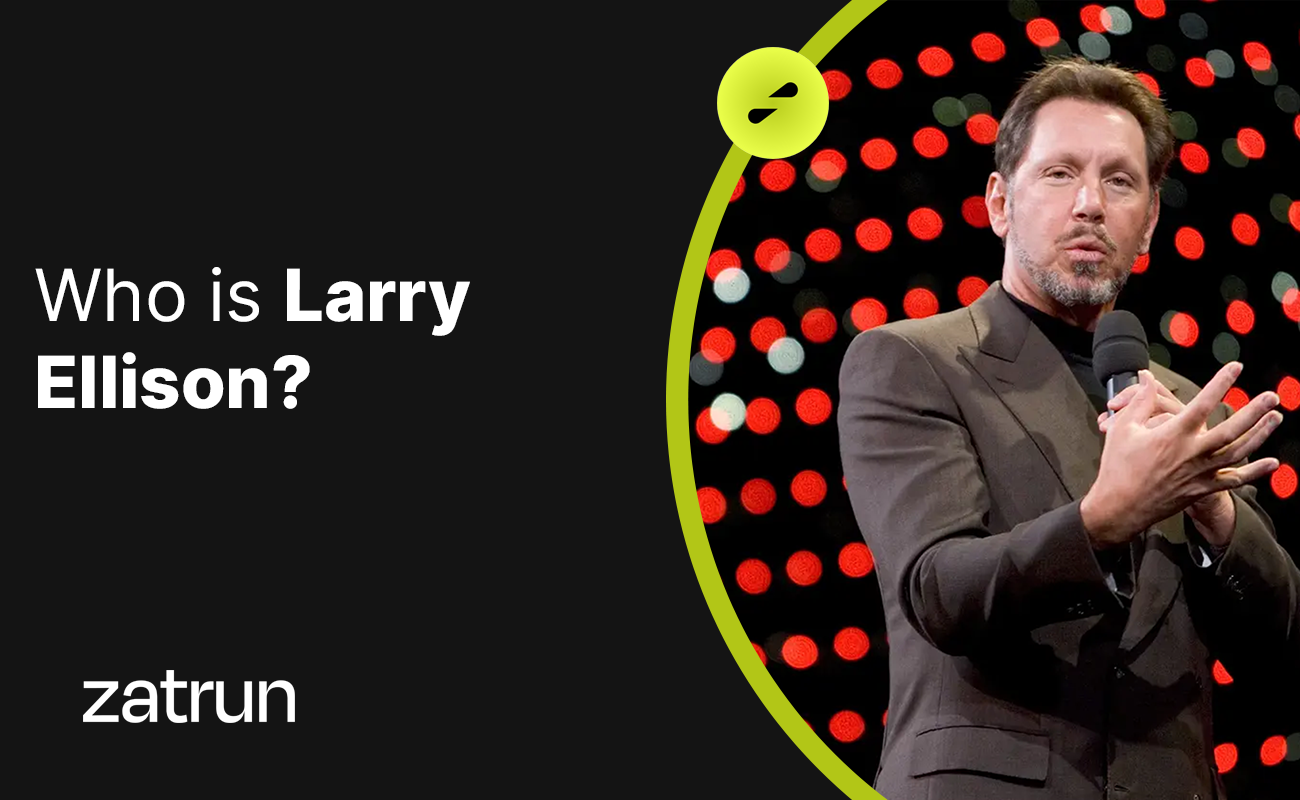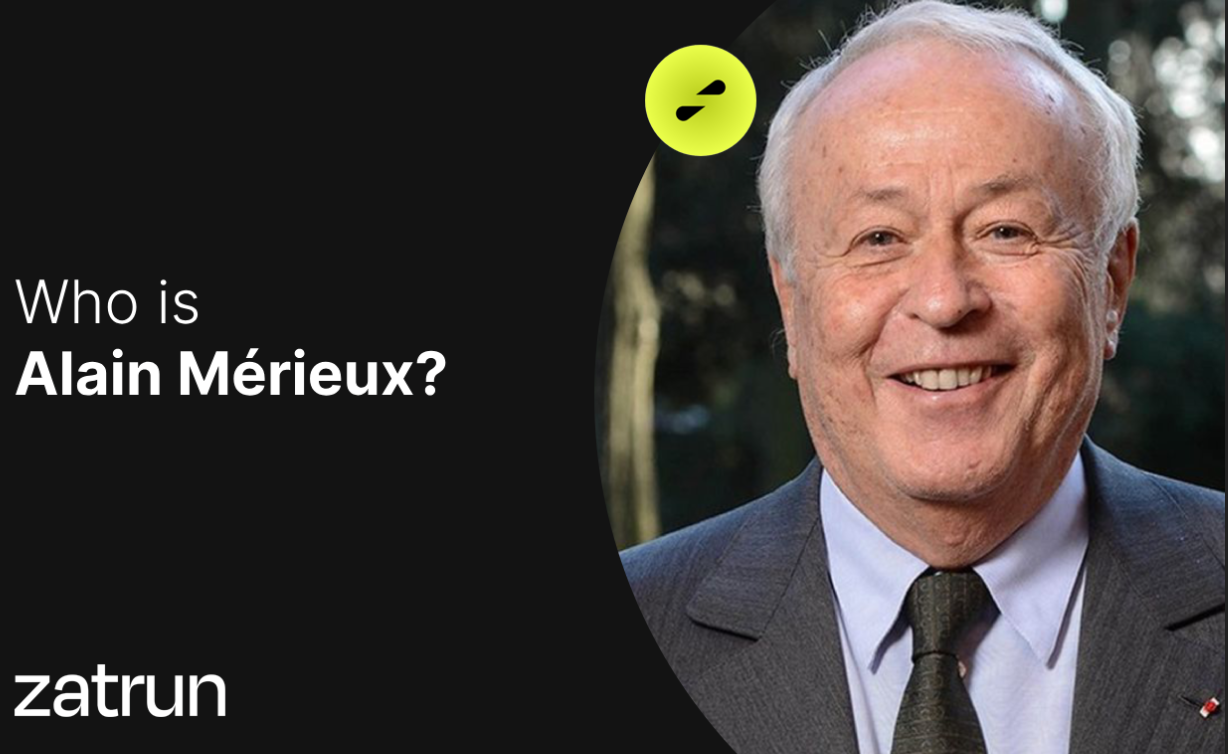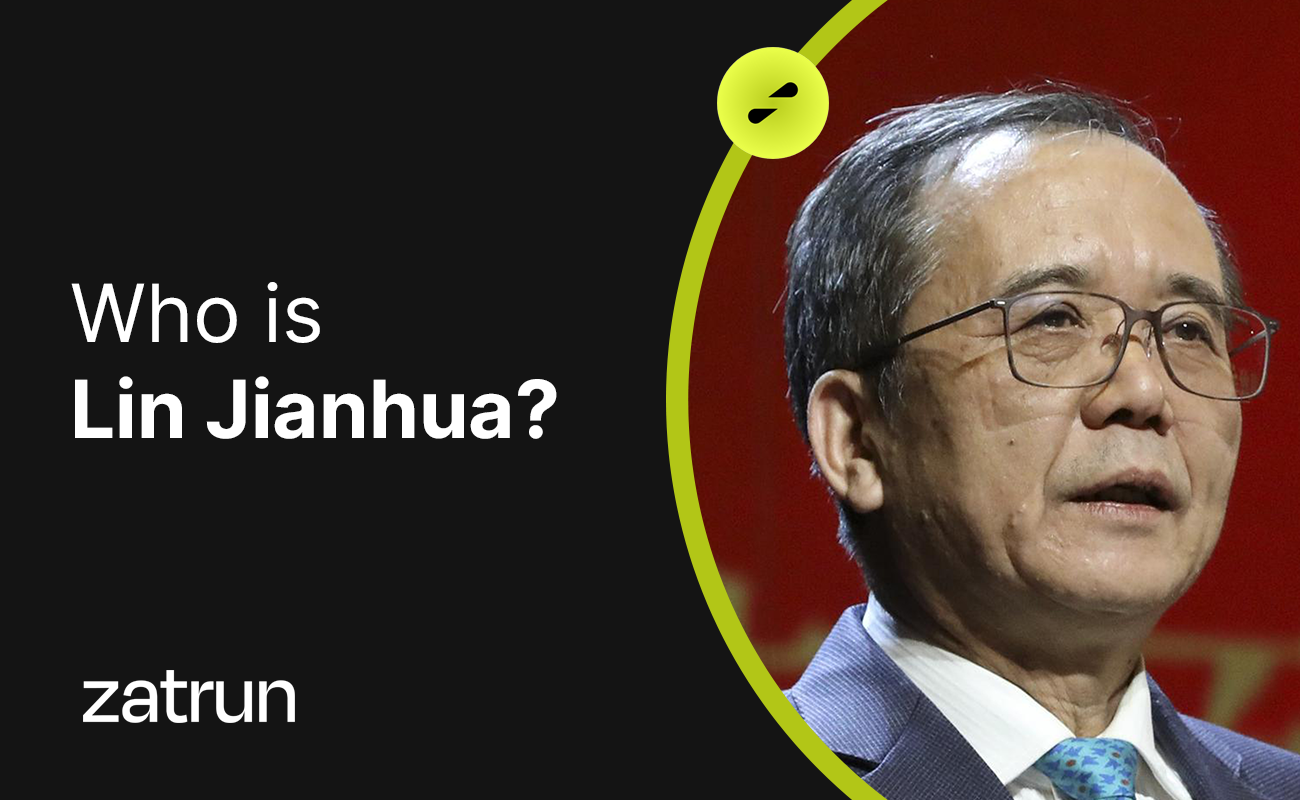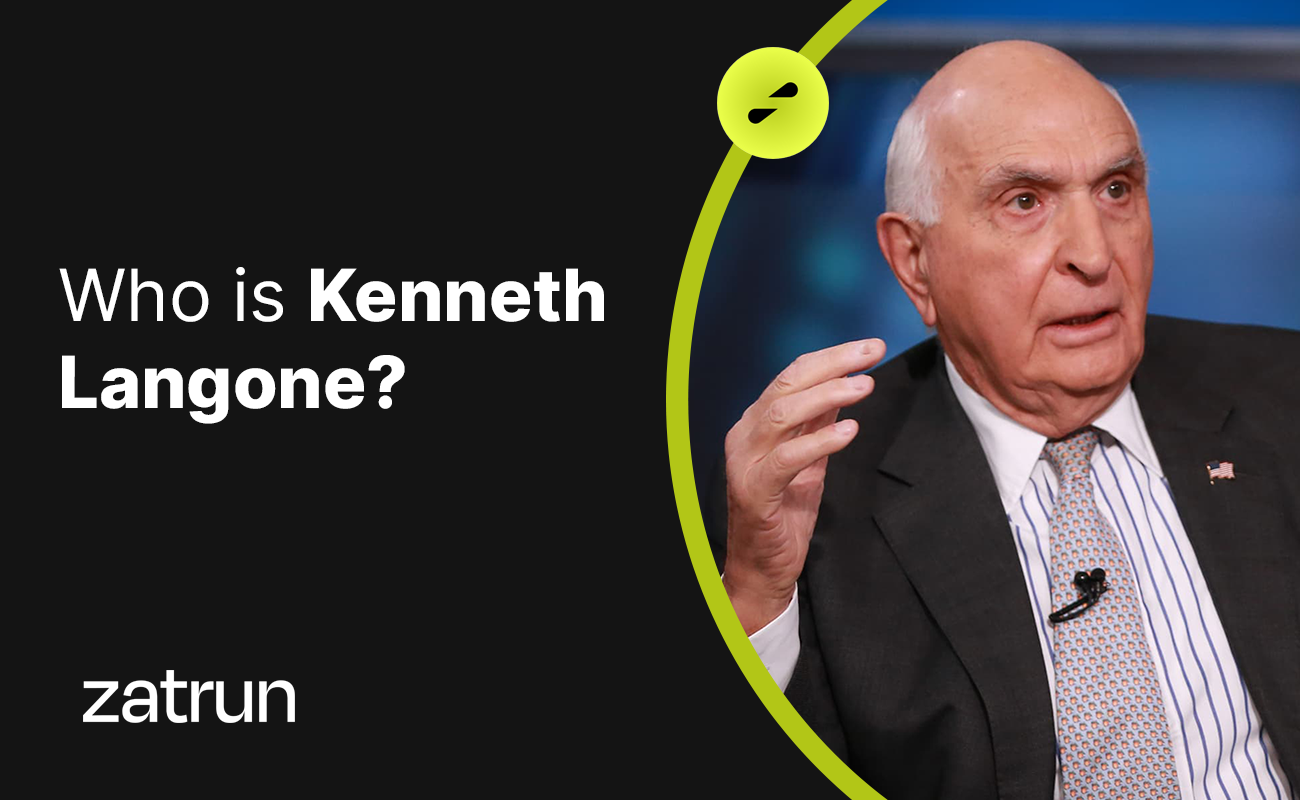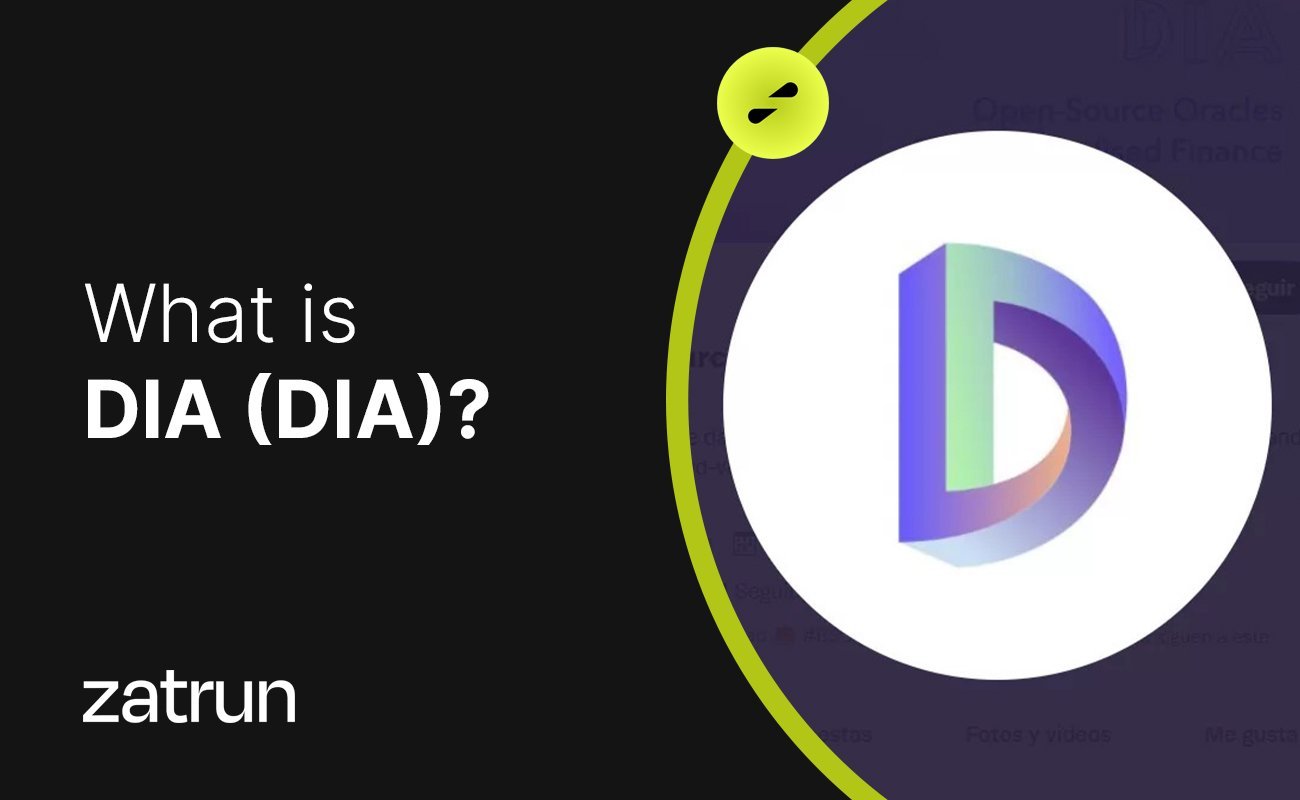The crypto world has experienced rapid innovations and developments in recent years. Among all the developments, stablecoins have caught the attention of many crypto enthusiasts. These are tokens that are pegged to the value of stable fiat currencies. Frax Share (FXS) is protecting one of those stablecoin’s value: FRAX. In this guide on Zatrun.com, you can find out what you need to know about FXS. So, let’s take a closer look to the project.
What is Frax Share (FXS) and How Does It Work?
Unlike Tether, one of its strongest competitors, Frax is the world’s first fractional-algorithmic stablecoin. In other words, it offers a partially collateralised and partially algorithmically stabilised stablecoin. Frax Share (FXS), which was launched in 2020, provides value preservation and decentralised governance of the stablecoin. This cryptocurrency uses the ERC-20 standard and currently has a market value of over 915 million dollars.

As mentioned earlier, every stablecoin is different from the other in terms of the underlying mechanism. The project is a hybrid stablecoin because it is supported by both asset collateralisation and mathematical cryptographic algorithms. It is an open-source, permissionless, and fully on-chain protocol that works on Ethereum (ETH) and other blockchains. The protocol aims to provide highly scalable, decentralised, algorithmic money rather than fixed-supply digital assets like BTC.
The Frax protocol is a two-coin system consisting of Frax (FRAX), a stablecoin, and Frax Share (FXS), a governance token. FRAX is always pegged to 1 dollar, and the collateral ratio is adjusted according to market demand to keep the price at $1. When FRAX is above $1, the platform will reduce the collateral ratio by 0.25%. When FRAX falls below $1, the collateral ratio is similarly increased.

Is It a Good Investment?
Since all utility of Frax is conducted through the Frax Share (FXS), it is the value capture and governance token for the entire Frax protocol. The functions of the FXS coin are limited to adding or adjusting collateral pools, adjusting various fees, staking, and refreshing the collateral ratio. The team believes that there will be fewer disagreements if the community can effectively manage limited parameters.

The future of stablecoins is uncertain since the FED plans to issue its own Central Bank Digital Currency (CBDC). Some in the crypto community think that this is a challenge, particularly for fiat-backed stablecoins such as Tether. Additionally, more stablecoin regulations that potentially impact the use of stablecoins may be issued. For example, stablecoin-providing organisations may need banking licenses in the future to continue their operations.


